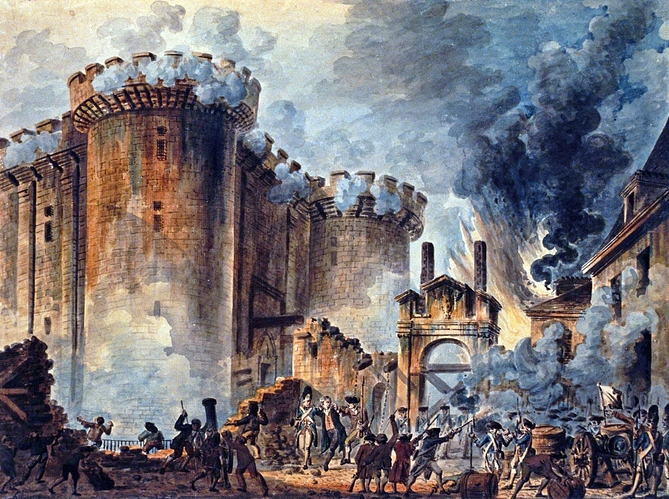In The Nation, David A. Bell reviews a recent book that asks why revolutionary activity emerges in some places and not others: The Unruly City: Paris, London and New York in the Age of Revolution (2017) by Michael Rapport. As Bell notes, it was not only communications technology—such as the printing press—that allowed revolutionary activity to spread in these cities. Even more important was the close and frequently social contact afforded by urban environments. Here’s an excerpt from Bell’s review:
One reason that global history has difficulty with radicalization has to do with the scale on which it operates. Global history is, by definition, large-scale: Even works that use a single individual to elucidate global processes, like Linda Colley’s The Ordeal of Elizabeth Marsh, still cover huge swaths of the world. Radicalization, by contrast, tends to take place in relatively small, contained spaces, where like-minded people can exchange news and ideas, reinforce their shared passions, and magnify their outrage at their opponents. Today, we can experience this phenomenon virtually, through social media; those living in the mid-19th century could experience it within the spaces of intensive political socialization provided by revolutionary political parties. But before the existence of such parties, radicalization generally required either an accelerated circulation of printed material, large-scale face-to-face contact, or, preferably, both. And by far the easiest place to find these things was in cities, which offered more than just population density: They had cafés, taverns, clubs, and libraries where patrons could discuss political issues and read newspapers and pamphlets. They had squares and parks where crowds could gather in large numbers, and they had long traditions of popular unrest and mobilization. They also had—especially in capital cities—government buildings and monuments that provided ready targets for these crowds, and whose capture had both practical and deeply symbolic meaning. Cities, in other words, contained a mix of social and cultural elements that could turn volatile, even explosive, with terrifying speed and push dramatically outward the limits of what was politically imaginable.
Image: Jean-Pierre Houël, The Storming of the Bastille, 1789. Via Wikipedia.
